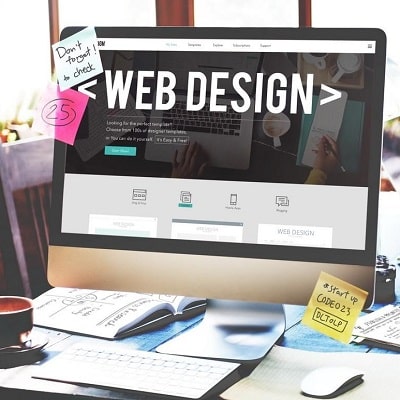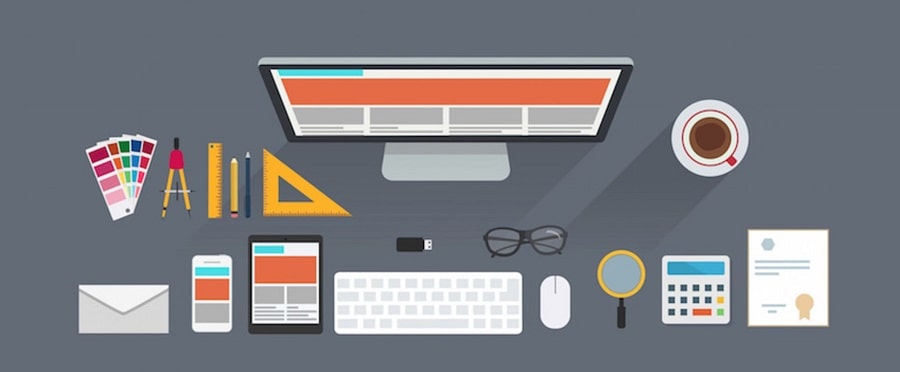
All about Website Design
Website design is the external design of the content, consisting of the total number of graphic elements used. A few years ago, the term meant purely visual design, but today the concept includes the visitor’s comfort. Consequently, the list of tasks of the designer has expanded: the analysis and structuring of content.
Why is important site design?
Web-resource is a marketing mechanism that allows the company to attract customers through a virtual environment. What matters is the user-friendliness of the site for the visitor, informativeness and usefulness of the content. If the conditions are not met, the client will turn to competitors. Thoughtful design becomes the key to increasing traffic, commercial success, increasing sales of goods and services.
To develop the appearance of a web-resource it is necessary to take into account the interests of the target audience. When creating layouts, the designer clearly knows the structure of the site, the specifics of content, and functionality. Lack of understanding of the tasks leads to haphazardness, thematic scattering of information, the difficulty of finding some options. For a clear understanding of the structure of the web site, it is useful to look at competitors’ examples.

Adaptive design: what is it?
While in the past sites were viewed primarily on a computer, today the number of gadgets with Internet access has increased. This required new solutions in the development of web resources. At the forefront of page design went adaptive design. He ensures the correct display site on many devices:
- PC;
- tablets;
- laptops;
- mobile phones.
Adaptive design has advantages and disadvantages. The pluses are the easy perception of the information, the display of key content, and the retention of basic functionality (search, registration, etc.). Disadvantages include slow page opening and inability to show the full content.
Mobile version
The mobile version of the site is a variant of the page, which fully or partially repeats the information from the main variant. It is designed for smartphones, tablets and other portable gadgets. A separate address is created for such web resources, as evidenced by the prefix m or mobile. The mobile version has the functionality required by owners of smartphones. This does not slow down the resource and does not cause a negative impression among users.
Developing a useful website
A design concept becomes the first step towards creating a useful page. Here you need to define the structure, purpose, and basic content of the site. Beginners exclude this stage in the development, thus making a grave mistake. In the absence of a clear understanding of the concept of the work is haphazard. It should be understood that the creation of a web-page, which will please all visitors, a priori impossible. There will always be critics and dissatisfied.
The design must please only the target audience. Marketing and PR experts are hired to identify it. After obtaining a portrait of the typical user, the design is started. If data on the target audience is not collected, it is recommended to start researching the market and competitors. Platforms such as Pinterest, Behance, Awwwards can help with the task.
Designing a web page is a fascinating process that requires conceptualisation and understanding of goals. Researching the interests of your target audience will help increase traffic, attract customers, and ensure business success.
